Damyang Safety Experience Training Center (KOSHA) (담양 안전체험장(안전보건공단))
2025-07-30
219 Byeongmok-ro, Geumseong-myeon, Damyang-gun, Jeollanam-do
Damyang Safety Experience Training Center offers programs to raise safety awareness by providing hands-on experiences of accidents that can occur in daily life. There are around 36 experience programs with a focus on the prevention of accidents such as fire, entrapment, and electric shock, as well as first aid. The VR zone at the center offers a vivid experience of various accidents and accident prevention measures, making the training more engaging. The educational programs are available for people of all ages.
Gamchusa Temple (감추사)
2025-07-18
120 Haean-ro, Donghae-si, Gangwon-do
Gamchusa Temple is a small temple in Yongjeong-dong in Donghae. There are only four buildings in the premises, but each building is neatly tucked away among the rocks, creating a picturesque scene. Most temples located near the sea are usually popular prayer spots, believed to be overseen by the Buddha and the Dragon King, who resides in the ocean. As such, many flock to the temple to pray asking for family well-being and prosperity. By the entrance of the temple is a five-story pagoda, which is said to have been built by a man who wanted to grant his mother's will before passing away. Due to its location by the sea, the temple offers spectacular views of the surrounding valley cliffs and the ocean.
Hapyeonghaebyeon Beach (하평해변(동해))
2025-07-18
Pyeongneung-dong, Donghae-si, Gangwon-do
Hapyeonghaebyeon Beach is a tranquil beach with a shallow shore lined with pine groves. The beach is only 20 minutes away on foot and 10 minutes' ride from Donghae Express Bus Terminal, making it a great beach destination for family vacationers and tourists. The 20-meter wide shoreline is 200 meters in lenth, all covered with white sand. The beach also has rocks along the coast that act as a natural breakwater, preventing rough waves from entering the shore, ensuring a safe and enjoyable environment for swimming.
Murung Byeolyucheonji (무릉별유천지)
2025-07-18
97 Igi-ro, Donghae-si, Gangwon-do
Mureung Byeolyucheonji was initially a limestone mine that opened in 1968. After 40 years of service as a mine, today it serves as a tourist attraction that boasts beautiful emerald lake and diverse activities. Mureung Byeolyucheonji gets its name from the rock-carved engravings in Mureunggyegok Valley and has the meaning "the place with the best view under the sky, a utopia away from the world." The attraction lives up to its name thanks to the beautiful surrounding mountain scenery pit lakes. Visitors can also enjoy the view from a different angle through diverse rides, such as the Sky Glider, Alpine Coaster, and more.
Dojjaebigol Haerang Observatory (도째비골 해랑전망대)
2025-07-18
Mukhojin-dong, Donghae-si, Gangwon-do
Dojjaebi is a dialect for dokkaebi, a mythical goblin in Korean folklore. Dojjaebigol Haerang Observatory, a 85-meter pedestian overpass, is designed to take the shape of a club known to be used dokkaebi. The word "haerang" means "the space where the sun, the sea, and you are all together." The entrance to the obsertory overpass is designed to give a sense as if one is warping into the realm of dokkaebi. The bridge floor is built using glass and mesh so that visitors can see the ocean water under their feet.
Haeamjeong Pavilion (동해 해암정)
2025-07-18
19 Chotdaebawi-gil, Donghae-si, Gangwon-do
Built on a coast in Bukpyeong-dong, Donghae, Haeamjeong Pavilion is located in a spot where the ocean and oddly shaped rocks come together to create a picturesque view. Haeamjeong Pavilion was originally built by Sim Dong-ro in 1361. However, the original pavilion had been damaged and underwent reconstruction in 1530 by Sim Eon-gwang, the founder's 7th descendant in line, and took today's form after the final renovation in 1794. The pavilion is a great spot to watch the breathtaking sunrise.
Eodal Port (어달항)
2025-07-18
230 Ilchul-ro, Donghae-si, Gangwon-do
Eodal Port is a small port that was founded in 1984, and there are currently 70 boats that use the dock. It's a great place to get a take in the view of the coastal village nestled among the mountain foothills and soak up the port city atmosphere. At the port's entrance has signs decorated with fish and fisher, depicting the significance of fishing industry at this port. Recreational fishing is also available at the breakwater or by hopping on a boat.
Gamchuhaebyeon Beach (감추해변)
2025-07-18
120 Haean-ro, Donghae-si, Gangwon-do
Gamchuhaebyeon Beach is easily accessible thanks to its vicinity to Donghae downtown of Cheongok-dong. This 300-meter-long quiet beach is not only a charming recreational spot, but it's also a popular fishing spot. Nearby the beach are restaurants serving fresh sliced raw fish, and Gamchusa Temple, a perfect spot to look around while in the area.
추암조각공원 (Chuam Sculpture Park)
2025-07-18
17-1 Chotdaebawi-gil, Donghae-si, Gangwon-do
Located in Chuam-dong in Donghae, Gangwon State, Chuam Sculpture Park is connected to the nearby landmark attraction Chuam Chotdaebawi Rock. It has many sculpture artworks, an outdoor stage, and resting areas. Another noteworthy exhibition is the memorial wall built to pay respect to the allies who had fallen during the Korean War. The park's walking trail passes by landmarks that are known to be some of the best sunrise spots, such as Chuam Chotdaebawi Rock, Chuam Beach, and Isabu Lion Park.
Eodalhaebyeon Beach (어달해변)
2025-07-18
52-4 Eodal-dong, Donghae-si, Gangwon-do
Eodalhaebyeon Beach is located 3-kilometer northeast from Donghae City Hall. It is a small charming beach with a 300-meter-long, and 20- to 30-meter-wide shoreline. It is characterized by fine sand, gentle slopes, and shallow water about 1 meter deep. The beach is one of the many beaches that can be seen while driving along the beach road, Ilchul-ro Road, which connects Mukho Port area to Mangsanghaebyeon Beach.
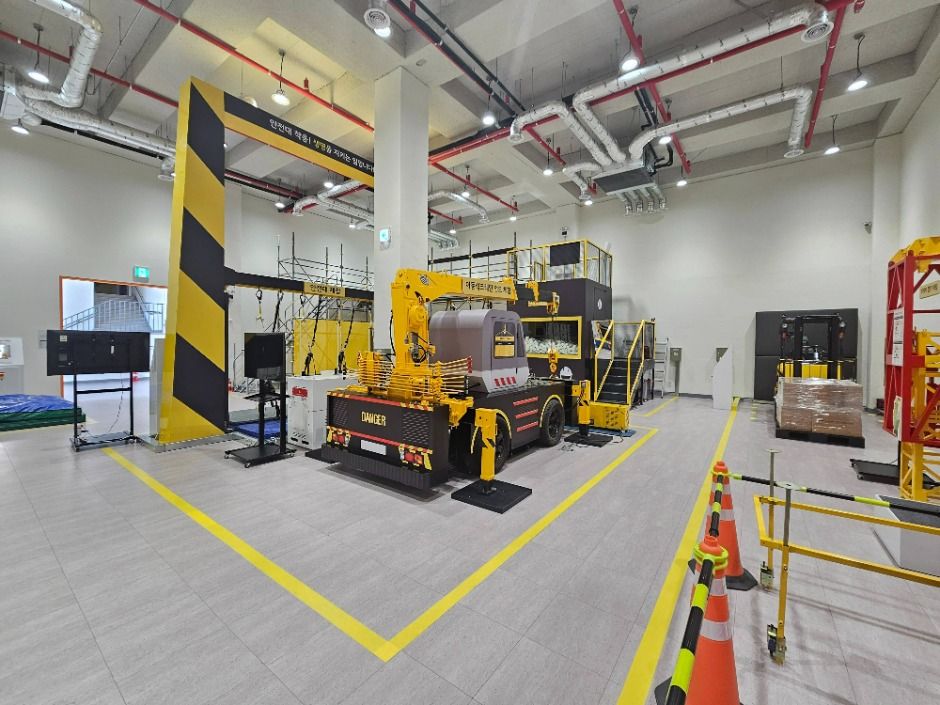
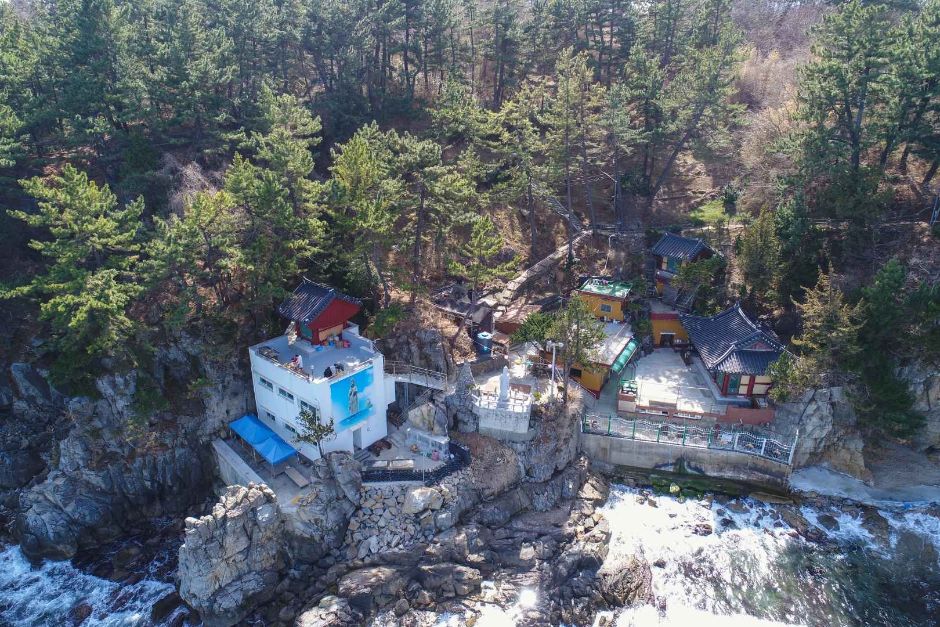
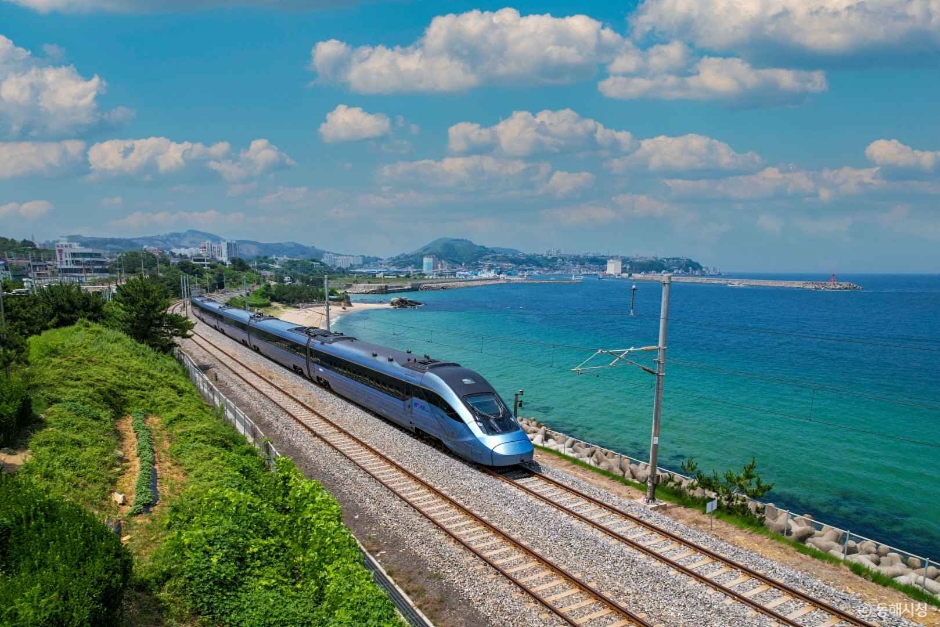
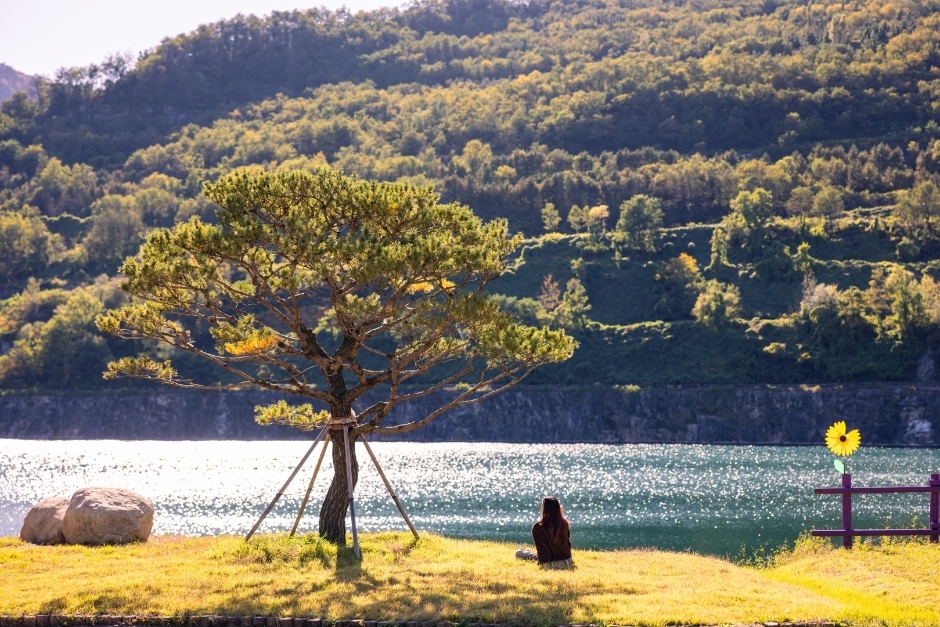
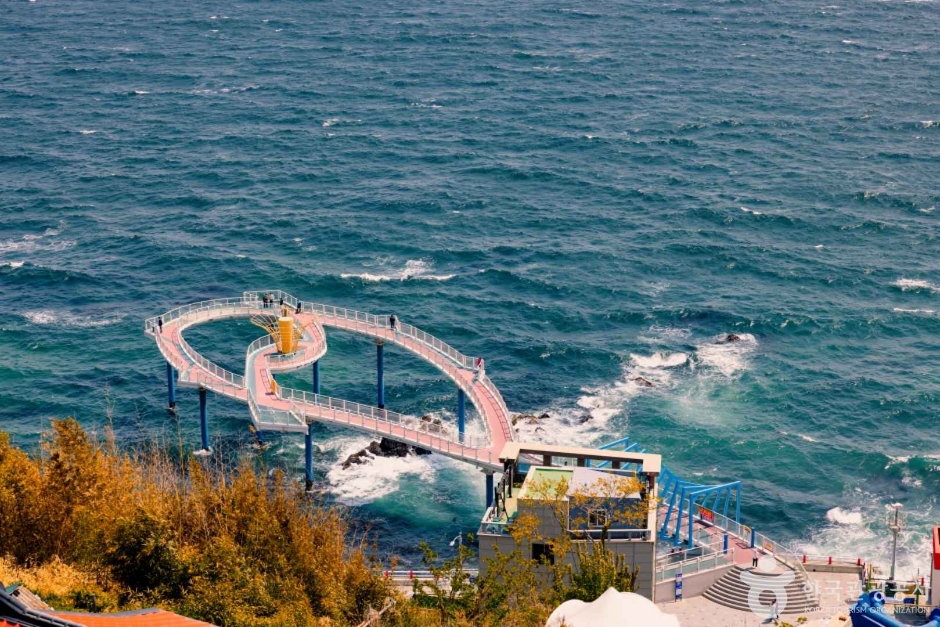

 English
English
 한국어
한국어 日本語
日本語 中文(简体)
中文(简体) Deutsch
Deutsch Français
Français Español
Español Русский
Русский